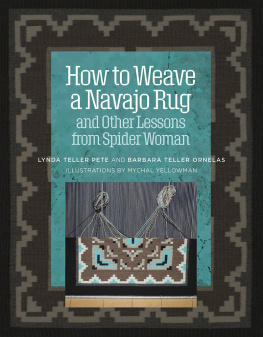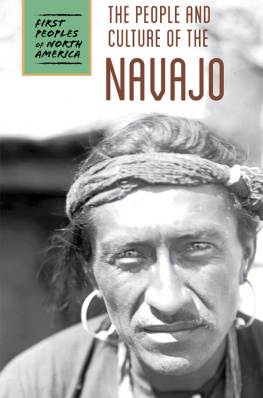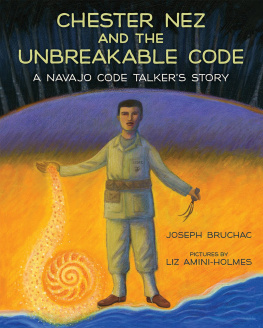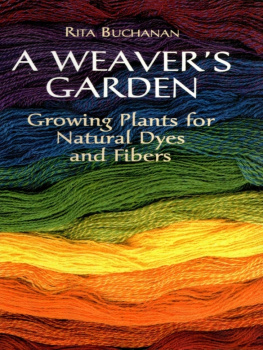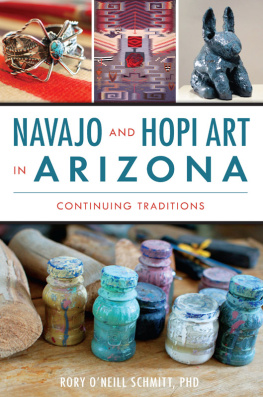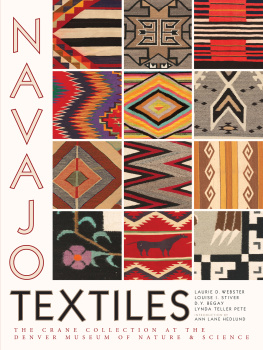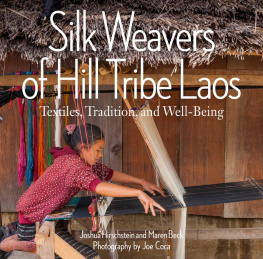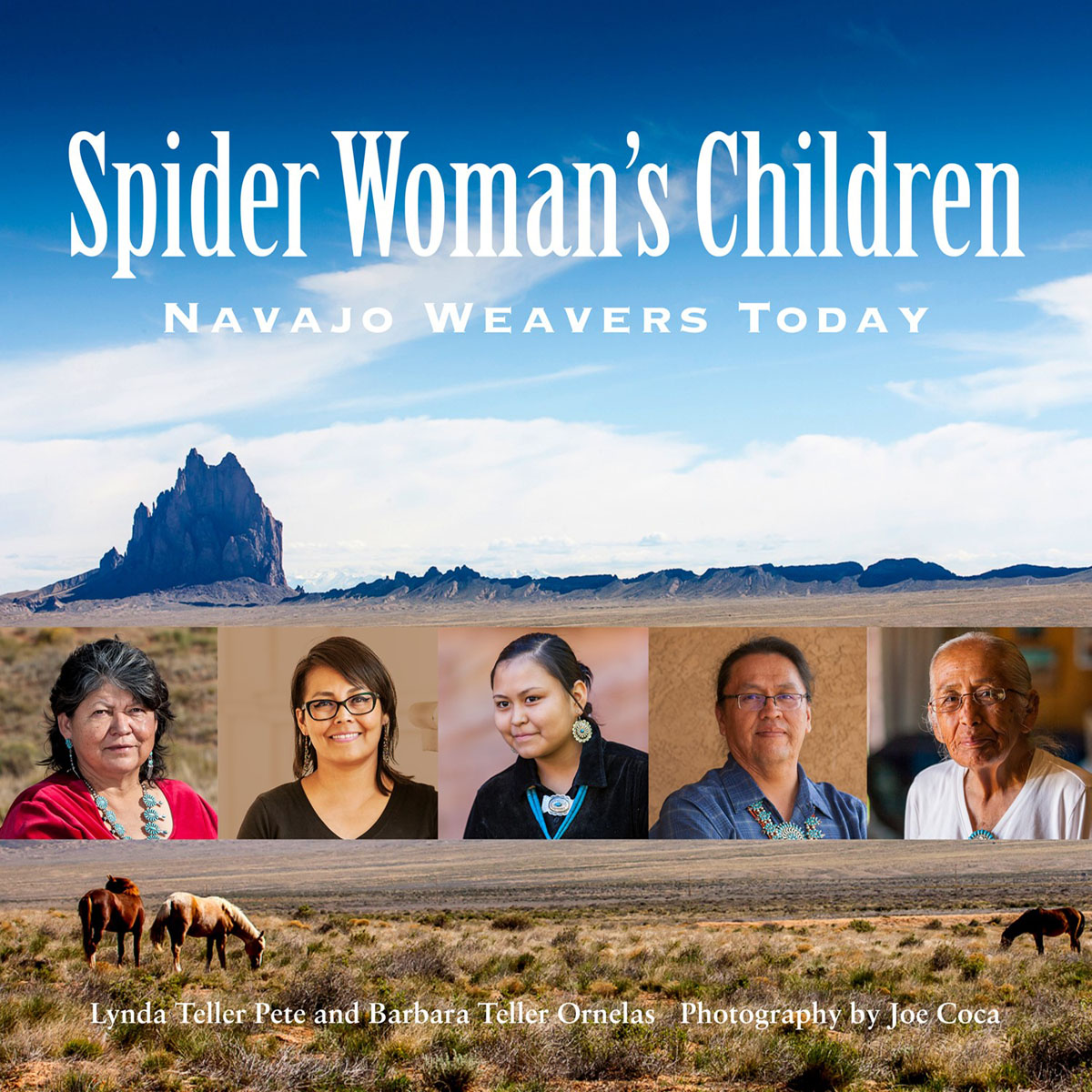
NAVAJO RUGS SET THE GOLD STANDARD for handwoven textiles in the U.S. Their history and value to collectors is unparalleled. But what about the people who create these treasures? You might be surprised. Spider Womans Children is the inside story, told by two women who are both deeply embedded in their own culture, and considered among the most skillful and artistic of Navajo weavers today.
Barbara Teller Ornelas and Lynda Teller Pete are fifth-generation weavers who grew up at the fabled Two Grey Hills Trading Post. Their family and clan connections give them rare insight into where the craft has been and where it is going. They take you into traditional hogans, remote trading posts, reservation housing neighborhoods, and urban apartments to meet weavers who follow the paths of their ancestors, who innovate with new designs and techniques, and who uphold time-honored standards of excellence.
Youll meet men who learned to weave from their grandmothers; women who weave alongside their aging moms; a young woman who incorporates contemporary images into skillful, highly collectible tapestries. Youll walk with elderly women over their sheep pastures and cornfields in search of natural dyestuffs. Youll see how well-made, simple weaving tools from generations past take a place of pride in every home. And throughout, youll see examples of the finest, most mindful weaving this rich tradition has to offer.
124 photographs

LYNDA TELLER PETE AND BARBARA TELLER ORNELAS are fifth-generation Navajo weavers who have been weaving since they were young girls. They have been featured in many publications and in the Craft in America PBS series. Together, they teach Navajo weaving workshops internationally.
Lynda won her first prize in weaving at age twelve. After graduating from Arizona State University with a degree in criminal justice, she worked for social services and government agencies for almost twenty years, taking a hiatus from weaving. At the encouragement of her family, she resumed her weaving and was quickly juried into the top weaving shows, winning first-place awards. She co-authored Navajo Textiles: The Crane Collection at the Denver Museum of Nature and Science.
Barbara is widely acclaimed for her fine tapestry weaving. Her award-winning work is held in public and private collections worldwide. She has curated national and international exhibitions, and her weaving has been featured in numerous museums and cultural centers. She has been Artist in Residence at the Heard Museum and the British Museum in London, and has served as an ambassador for Navajo weaving, culture, and tradition in Peru, England, Uzbekistan, and beyond.

Joe Coca grew up in the Sangre de Cristo Mountains of southern Colorado. He studied photography at Art Center College of Design in Los Angeles. His work has taken him to five continents, where he has photographed people from all walks of life as well as architecture, food, and especially handcrafted textiles. He lives and works in Weston, Colorado.
Photo location courtesy of the Heard Museum, Phoenix, Arizona. Rug dresses woven by Florence Riggs, Tuba City, Arizona.
Editor/Publisher: Linda Ligon
Associate Editor/Publisher: Karen Brock
Photographer: Joe Coca
Designer: Michael Angelo Signorella
Text 2018 Barbara Teller Ornelas and Lynda Teller Pete
Photography: Joe Coca 2018 except as noted
On the front cover, left to right: Florence Manygoats, Velma Kee Craig, Ailla Teller, Gilbert Nez Begay, Irene Hardy Clark.
Inside covers: Rug woven by Irene Hardy Clark.

306 North Washington Avenue
Loveland, Colorado 80537
USA
Printed in China by Asia Pacific
Library of Congress Control Number: 2018931462
DEDICATION
Barbara: I would like to dedicate this book to my parents, Sam and Ruth Teller; my grandparents, Paul and Nellie Peshlaki Teller; my brothers Ernest Teller Sr. and Earl Teller; and my sisters Rosann Teller Lee and Lynda Teller Pete; my children, Sierra Teller Ornelas and Michael Teller Ornelas; their father, David Ornelas; my grandson, Javier Teller Ornelas OMara. Thank you for all your love, support and encouragement. Its been a long journey of weaving. A lot of good and hard times, but we all made it. Like my grandfather used to say, Hold on to your weaving, my child; it will only bring you love, happiness, and success. Never let it go because weaving will hold your family together.
Lynda: I would like to dedicate this book to my mother, Ruth Teller, my sisters Rosann Teller Lee and Barbara Teller Ornelas, for their leadership, love, support, and encouragement. I would also like to dedicate this book to the tool and loom makers in my family: my father, Sam Teller; my brothers Ernest Teller and Earl Teller; my nephews Larry Lee Jr. and Terry Lee; and my husband, Belvin Pete. Lastly, my love, my North Star, my husband, Belvin Pete, who is on this journey of life with me. Thank you for being my sounding board, for being a nerdy mechanical engineer who brings logic into my whimsical ideas, and for embracing my whole Teller family and elevating our weaving onto a whole new level.
ACKNOWLEDGMENTS
Thank you to Thrums Books, Linda Ligon, Karen Brock, and Joe Coca. Thank you for giving us the opportunity to tell our weaving stories.
Barbara: Thank you, Marilyn Murphy, for inviting me to Tinkuy in Peru where the idea for this book came about. Thank you to Les Wilson from Two Grey Hills Trading Post. Thank you to everyone at the Heard Museum. You took a chance on me when I first started out and still support me today. Thank you to Joe and Cindy Tanner for all your love and support. Thank you to all the weavers who were willing to tell their stories, giving us a small glimpse into their lives.
Lynda: Thank you to all the Navajo weavers who gave generously of their time, shared weaving processes, and shared their stories with me. It was an honor to tell your story. Thank you to the many Navajo weavers who have become good friends and mentors, some of whom are not with us today, but their memories have inspired my weaving and their stories will not be forgotten. Thank you to the younger weavers in my family. Thank you Sierra, Michael, and Roxanne for encouraging me to step outside my boundaries and to weave without constrictions. Thank you to the ever-growing community of fiber friends who have surrounded Barbara and me; I am grateful for their friendships, their support, kindness, and love.
FOREWORD
Every rug tells a story. When my mom and I are together, we often run into one of her weavings. It always happens. We might be window shopping at a Santa Fe art gallery or checking out a museum exhibit or visiting a collectors house. Shell spot her piece and walk over to it. Compelled by the memory it evokes, shell tell me everything about the rug and what we were going through at the time. (I had just started dating your dad when I wove that I got most of the wool from your Grandma Margaret We used some of the money to go to San Francisco for the first time) Shell tell me who bought it and if they were fair in the negotiation. Shell point to areas of pattern and explain their significance. (That dot is you. That one is your brother)
Next page

